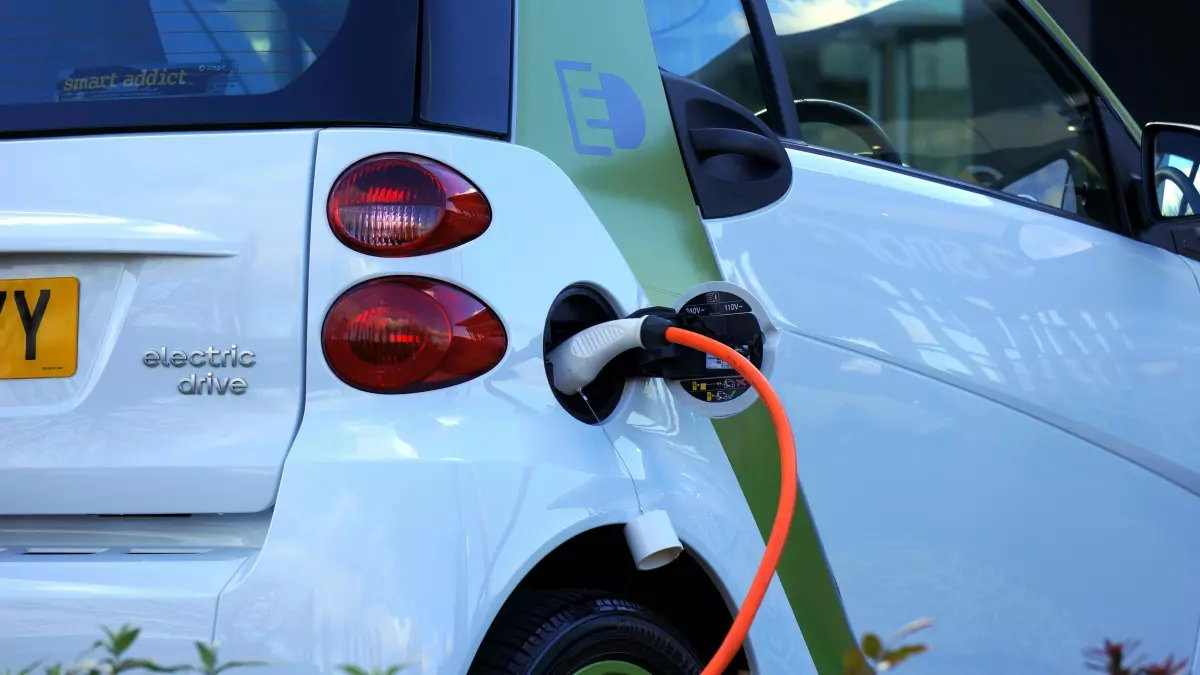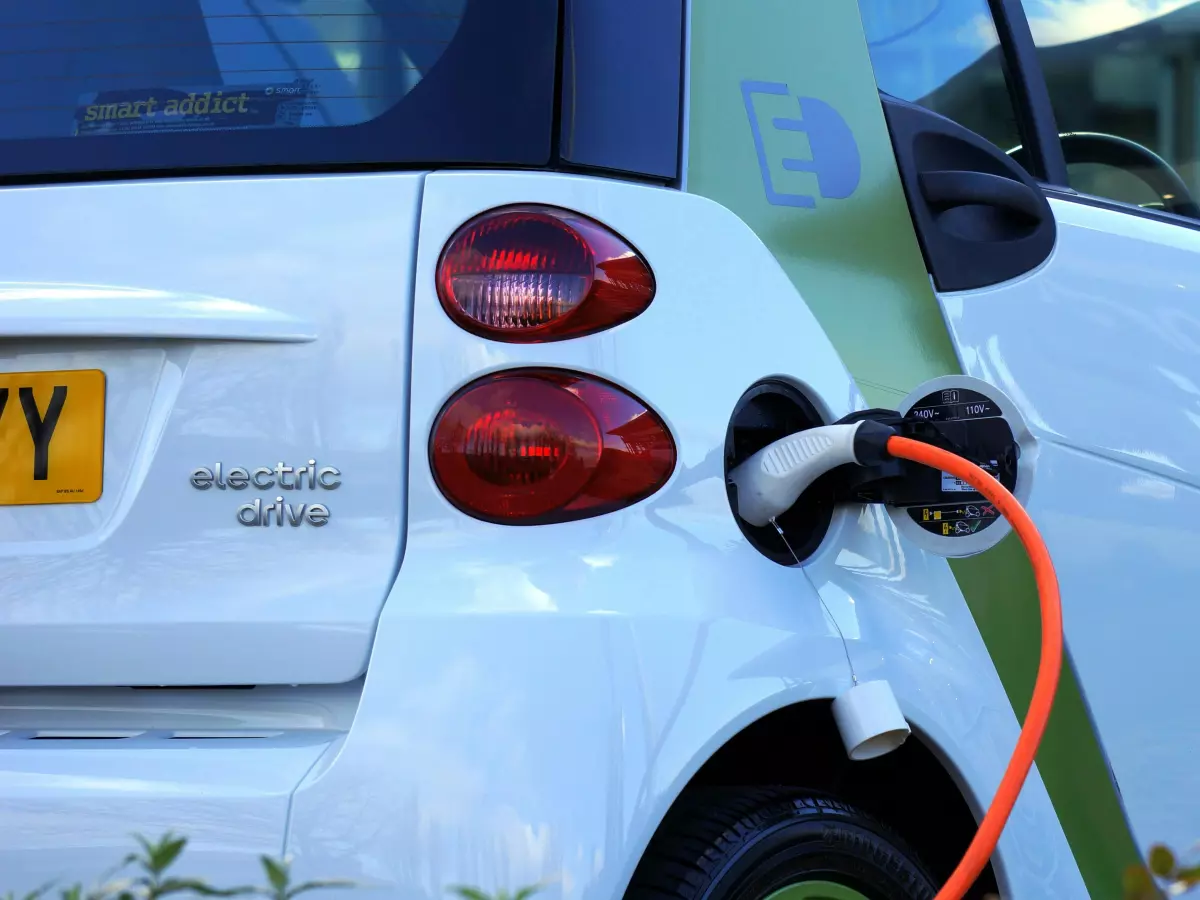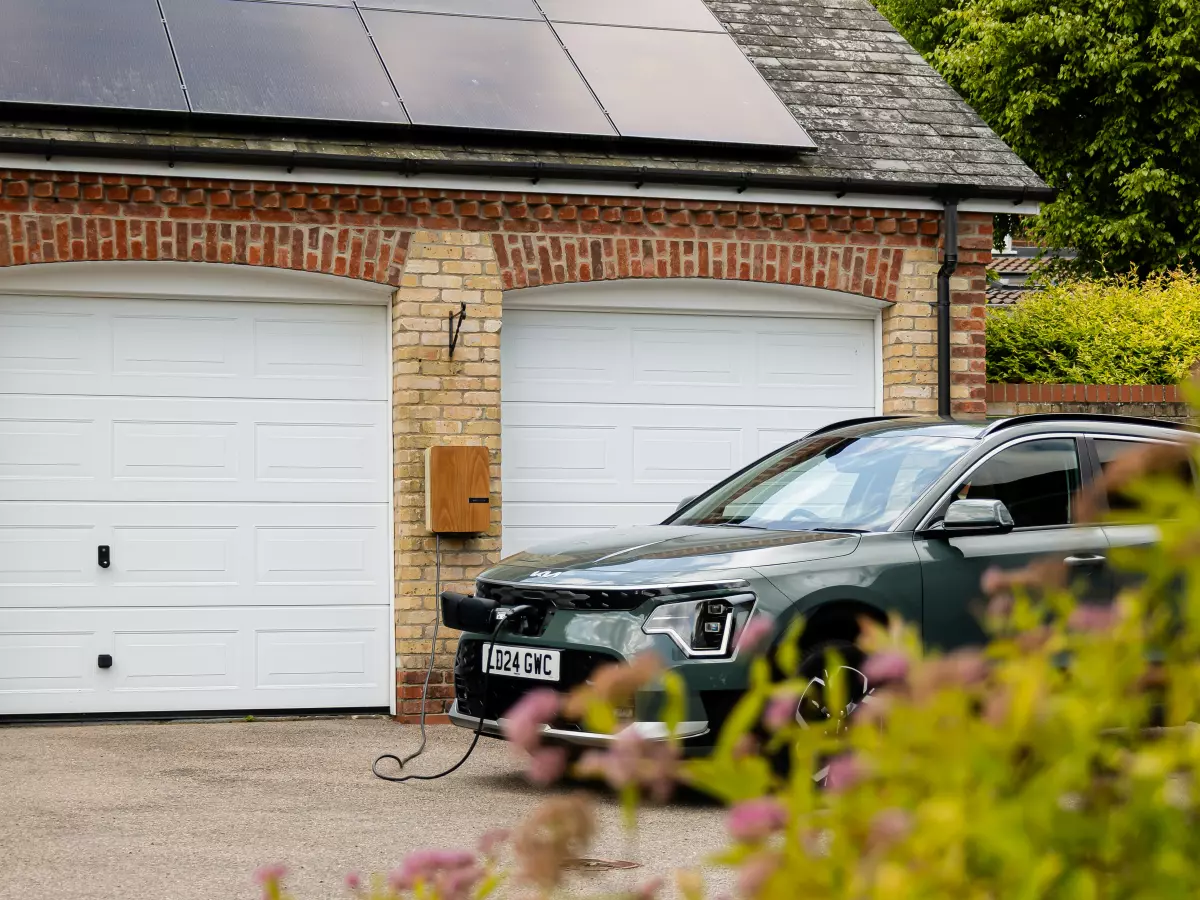Unseen Heroes of EV Tech
You probably think of EV charging cables as just fancy wires. But what if I told you they’re the unsung heroes of the electric vehicle revolution?

By Alex Rivera
When we talk about electric vehicles, the spotlight often shines on batteries, software, or sleek designs. Charging cables? They’re like the bass player in a rock band—essential but rarely noticed. However, these seemingly simple components are packed with innovation, and their role in the EV ecosystem is far more complex than you might think.
Let’s start with the basics. EV charging cables aren’t just conduits for electricity. They’re mini tech marvels designed to handle high voltages, extreme temperatures, and even communicate with your car. Yes, you read that right—your charging cable is smarter than you think. But here’s the kicker: not all cables are created equal. The type of cable you use can impact everything from charging speed to safety.
What’s Inside the Cable?
Underneath the rubbery exterior lies a world of engineering wizardry. High-quality EV cables are made with copper or aluminum conductors, insulated with multiple layers to prevent overheating and electrical leakage. Some even include liquid cooling systems to manage heat during high-speed charging sessions. And then there’s the communication layer—embedded chips that allow your car and the charging station to exchange vital data.
This data exchange is crucial. It ensures that your car gets the right amount of power and prevents issues like overcharging or overheating. Think of it as a handshake between your EV and the grid, facilitated by the cable. Without this, charging your EV would be like trying to fill a water balloon with a firehose—messy and potentially disastrous.
The Challenges of Standardization
Here’s where things get tricky. Unlike gas stations, where one nozzle fits all, EV charging cables come in various shapes and sizes. There’s the Type 1, Type 2, CCS, CHAdeMO—the list goes on. This lack of standardization can be a headache for EV owners, especially when traveling. Imagine pulling into a charging station only to find your cable isn’t compatible. Frustrating, right?
Efforts are underway to streamline this. Many automakers and governments are pushing for universal standards, but we’re not quite there yet. Until then, EV owners need to be savvy about their cable choices and charging station compatibility.
Durability and Longevity
Let’s talk durability. EV charging cables are built to withstand a lot—rain, snow, heat, and even the occasional run-in with a careless driver. But they’re not invincible. Over time, wear and tear can compromise their efficiency and safety. Regular inspections and proper storage can go a long way in extending their lifespan.
Some manufacturers are experimenting with self-healing materials and advanced coatings to make cables more resilient. Imagine a cable that can repair minor cuts or abrasions on its own. Sounds like sci-fi? It’s closer to reality than you think.
The Future of Charging Cables
As EV technology evolves, so will charging cables. Wireless charging pads are already making waves, but cables aren’t going anywhere just yet. In fact, they’re getting smarter. Future cables may include advanced sensors to monitor real-time performance, integrate with smart grids, and even adapt to different charging protocols automatically.
There’s also the potential for modular cables that can be upgraded as technology advances. Instead of replacing the entire cable, you could swap out specific components. This not only saves money but also reduces electronic waste—a win-win for everyone.
So, What’s the Takeaway?
Next time you plug in your EV, take a moment to appreciate the humble charging cable. It’s not just a piece of rubber and metal; it’s a lifeline that connects your car to the future of transportation. As we move towards a more electrified world, these cables will play an even bigger role in shaping how we power our lives.
So, treat your charging cable with care. Store it properly, keep it clean, and don’t skimp on quality. After all, it’s not just a cable—it’s the unsung hero of your EV journey.





